The New Trend: Infrastructure
Here are some not-so-obvious ways to add this hot asset class to your portfolio.
Mega trends get big attention among investors, and the latest hot asset class has a number that can't be ignored: $30 trillion.
That's the estimated investment needed over the next 20 years to build and maintain roads, bridges, water systems, oil and gas pipelines worldwide -- everything that falls under the "infrastructure" umbrella.
Before rushing to build infrastructure into your portfolio, be aware that you already may have plenty of exposure in this category. But infrastructure includes some opportunities you may want to jump on.
From just $107.88 $24.99 for Kiplinger Personal Finance
Be a smarter, better informed investor.

Sign up for Kiplinger’s Free Newsletters
Profit and prosper with the best of expert advice on investing, taxes, retirement, personal finance and more - straight to your e-mail.
Profit and prosper with the best of expert advice - straight to your e-mail.
But first, understand what some are heralding as a "new asset class" that belongs in every portfolio, like real estate or commodities. If you hold energy companies and utilities in your portfolio -- and who doesn't? -- you own infrastructure stocks.
Consider the Standard & Poor's Global Infrastructure Index, which breaks the category into three clusters: energy, transportation and utilities. Utilities are about 40% of the index, with the German energy giant E.On AG the top holding.
Typical of the 17% allotted to energy companies is El Paso, a U.S. company that owns North America's largest interstate natural gas pipeline system.
But the 43% in transportation includes companies that are truly unique and are unlikely to appear among your holdings. These companies spring from "public private partnerships." An example is the Chicago Skyway Toll Bridge System, now run by a private Australian and Spanish consortium that collects three bucks from each car that uses the 7.8-mile span.
"These types of assets generate very steady cash flows," says Arthur Simonson, managing director of Standard & Poor's utilities and infrastructure rating group. "They're bond-like." Ernst & Young figures that private investment money could finance infrastructure projects worldwide to the tune of $240 billion to $360 billion a year.
A classic public PPP company is Spain's Abertis Infraestructuras. It manages toll roads in Europe and South America, as well as parking garages, TV and radio transmission networks, and airports.
Few PPP projects exist in the U.S. Or, like the Chicago Skyway, they're owned by foreign interests. But gradually, with so much money and so much work, you'll find more domestic investment opportunities to complement the greater number in Europe, Asia and Latin America.
PPPs are built around assets that will live on for decades. Plus, they can collect revenue with the same relentless tenacity as the IRS. Such stability and cash flow should bring a dose of stability and income to any portfolio.
While the PPP market is about 15 years old in Europe and Australia, it's relatively new and undeveloped in the U.S., says S&P's Simonson. U.S. private equity companies and pension funds generally didn't get into PPP investing until five years ago. Small U.S. investors have had access to U.S.-listed securities involved in PPPs only for a couple of years.
The best pure PPP play for U.S. investors now is a stock from a big Australian investment bank, Macquarie. (Macquarie also operates a number of open and closed end funds based on infrastructure. Some utilize leverage or tilted toward utilities or both.)
Macquarie Infrastructure Company (symbol MIC) invests entirely in U.S. assets, including airplane servicing (refueling, de-icing and so on) at 20 airports, parking lots and natural-gas distribution networks.
It also owns the world's largest district cooling system, which sends chilled water through miles of underground pipes to cool nearly 100 buildings in downtown Chicago. The stock, which closed on January 11 at $36.02, down 2.5%, yields 6.8%.
Sometimes a company is not an obvious infrastructure play. Houston-based company El Paso (EP) may be known more for its natural-gas exploration and production, but its pipeline network is an asset that keeps appreciating.
Analysts at Credit Suisse believe the pipeline's unrecognized value is one reason El Paso's shares are 40% cheaper than its bigger industry peers. The stock, which bucked the January 11 selling wave and rose 0.45% to $17.95, trades at 16 times estimated 2008 earnings of $1.14 a share. It yields 1.1%.
And in case you haven't heard, the nation's infrastructure is crumbling. Some companies that will benefit from reconstruction already have stocks trading in the stratosphere for other reasons. For example, heavy equipment makers John Deere (DE), Cummins (CMI) and Caterpillar (CAT).
But stop thinking roads and bridges, and think water. The drip, drip, drip of leaky pipes is music to the ears of Mueller Water Products (MWA). Big cities like New York have 20% leakage rates, says Morningstar analyst Adam Fleck, and Mueller is a low-cost, high-quality manufacturer of pipes, valves, even water hydrants.
But Mueller also supplies residential water systems. Because homebuilding is in the tank, sales and profits have dropped. So has Mueller's stock, which closed at $8.13 (down 4% for the day), well below its high of $19 last summer. But once housing revives and construction crews get back to work, this will prove to be a bargain price.
Profit and prosper with the best of Kiplinger's advice on investing, taxes, retirement, personal finance and much more. Delivered daily. Enter your email in the box and click Sign Me Up.

-
 Stocks Swing in Volatile Session: Stock Market Today
Stocks Swing in Volatile Session: Stock Market TodayThe main indexes fell sharply in early trading on rising China tensions, but rebounded thanks to encouraging bank earnings.
-
 Don't Miss Out! A Quiz on Medicare Enrollment Deadlines
Don't Miss Out! A Quiz on Medicare Enrollment DeadlinesQuiz Test your basic knowledge of Medicare enrollment periods in our quick quiz.
-
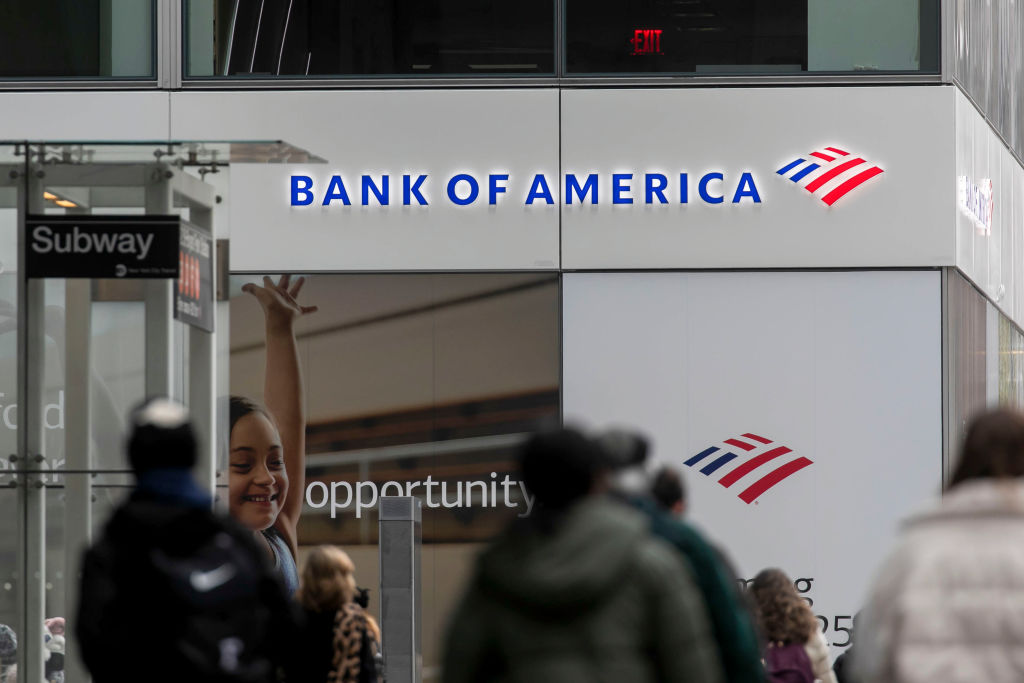 If You'd Put $1,000 Into Bank of America Stock 20 Years Ago, Here's What You'd Have Today
If You'd Put $1,000 Into Bank of America Stock 20 Years Ago, Here's What You'd Have TodayBank of America stock has been a massive buy-and-hold bust.
-
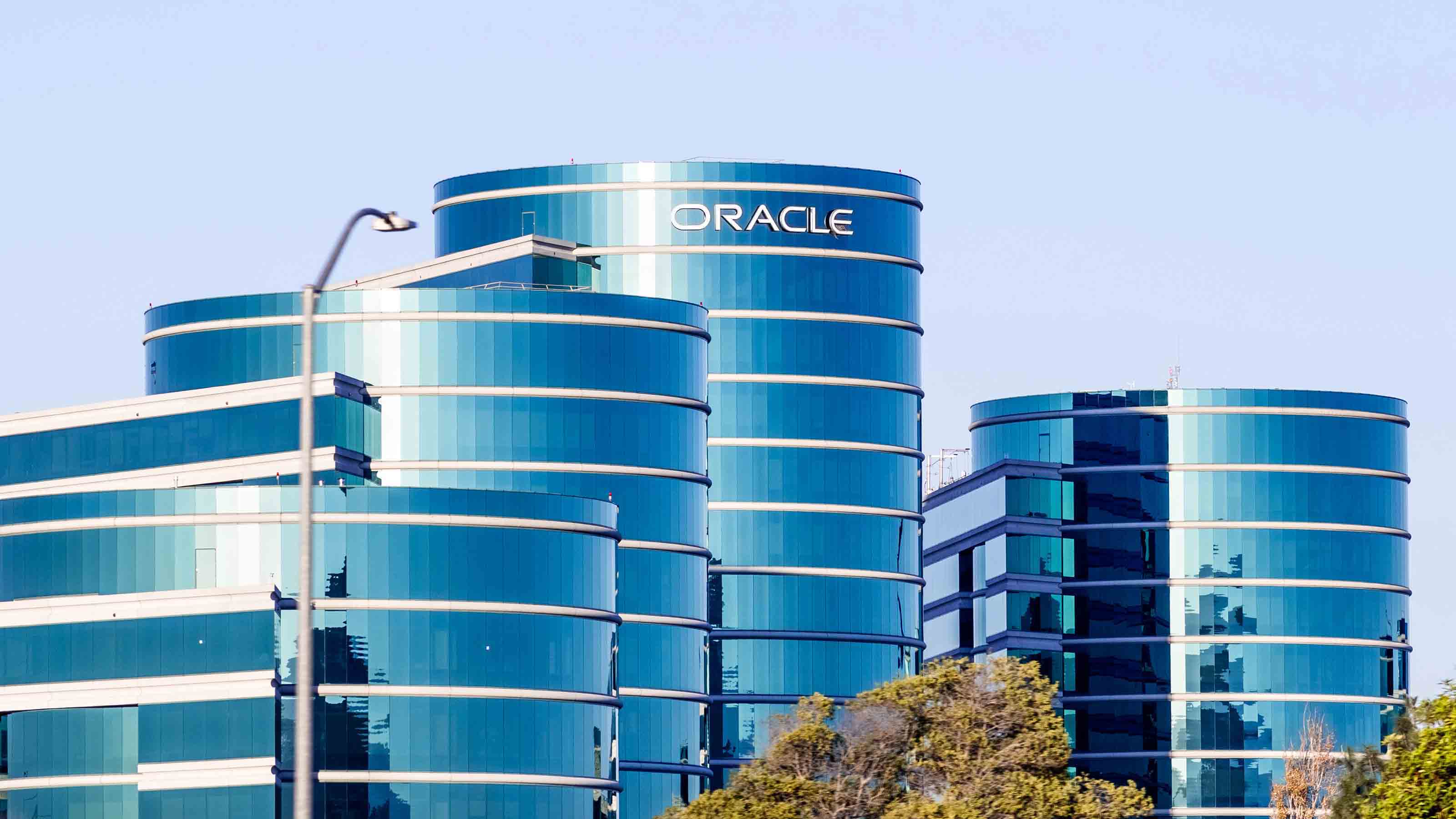
 If You'd Put $1,000 Into Oracle Stock 20 Years Ago, Here's What You'd Have Today
If You'd Put $1,000 Into Oracle Stock 20 Years Ago, Here's What You'd Have TodayORCL Oracle stock has been an outstanding buy-and-hold bet for decades.
-
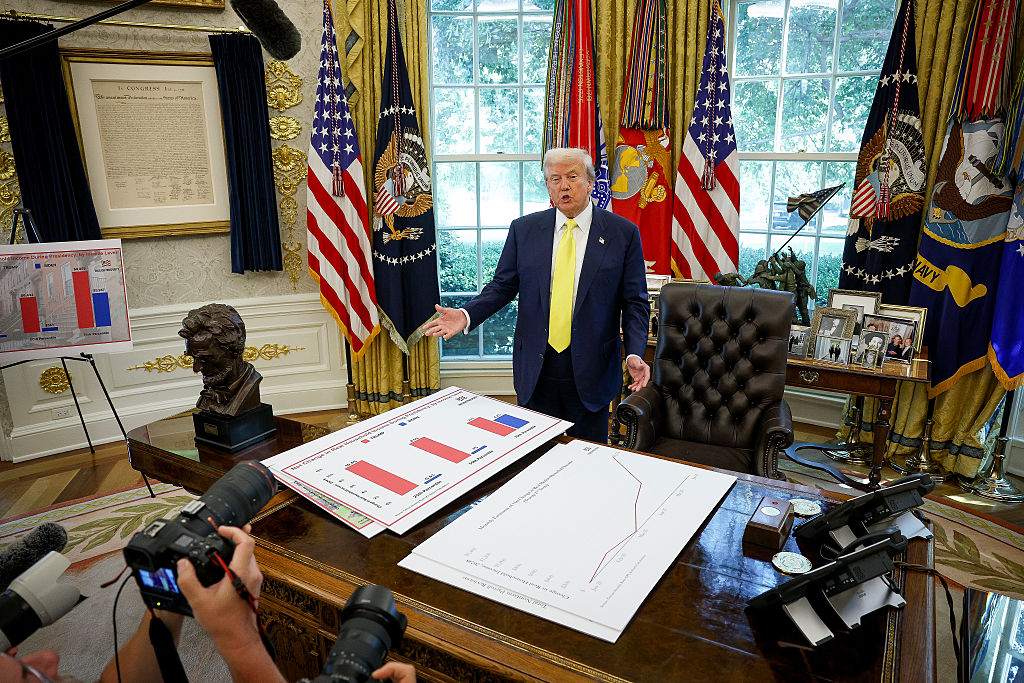 How to Invest for Rising Data Integrity Risk
How to Invest for Rising Data Integrity RiskAmid a broad assault on venerable institutions, President Trump has targeted agencies responsible for data critical to markets. How should investors respond?
-
 If You'd Put $1,000 Into Sherwin-Williams Stock 20 Years Ago, Here's What You'd Have Today
If You'd Put $1,000 Into Sherwin-Williams Stock 20 Years Ago, Here's What You'd Have TodaySherwin-Williams stock has clobbered the broader market by a wide margin for a long time.
-
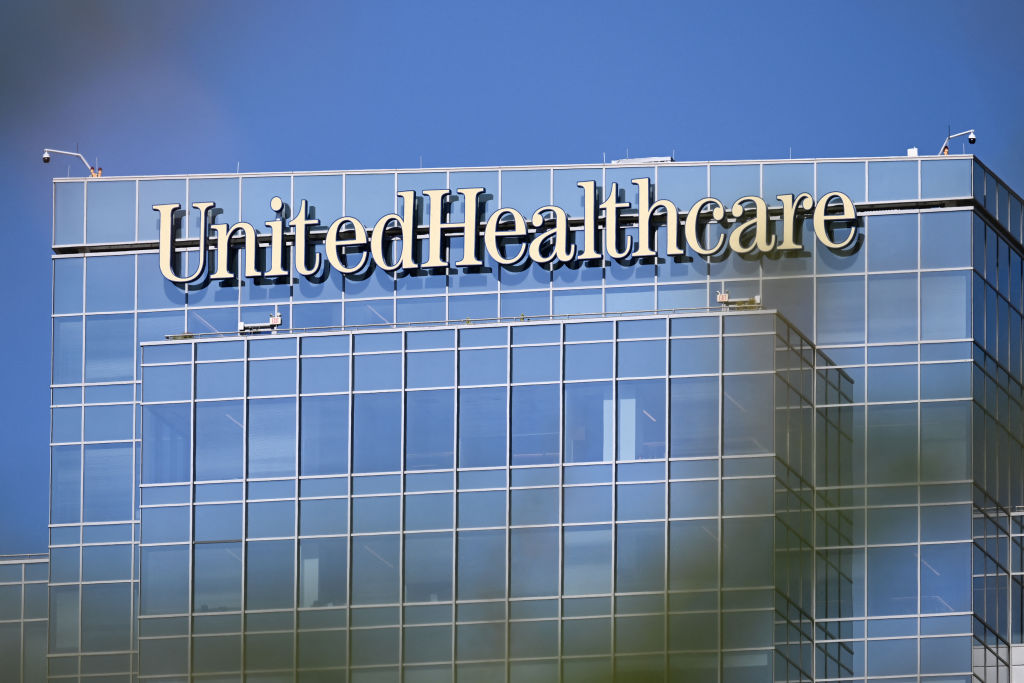 If You'd Put $1,000 Into UnitedHealth Group Stock 20 Years Ago, Here's What You'd Have Today
If You'd Put $1,000 Into UnitedHealth Group Stock 20 Years Ago, Here's What You'd Have TodayUNH stock was a massive market beater for ages — until it wasn't.
-
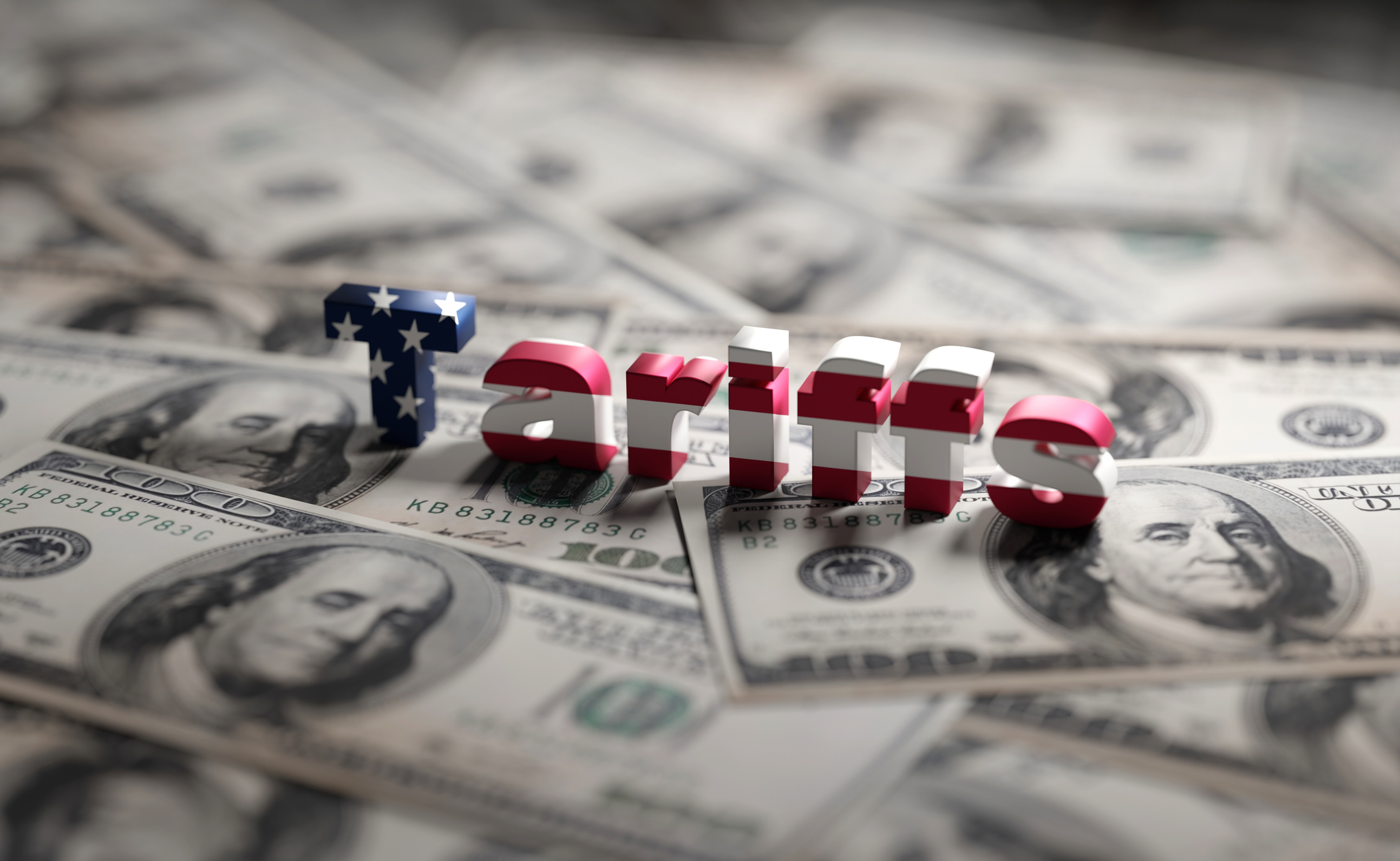 What Tariffs Mean for Your Sector Exposure
What Tariffs Mean for Your Sector ExposureNew, higher and changing tariffs will ripple through the economy and into share prices for many quarters to come.
-
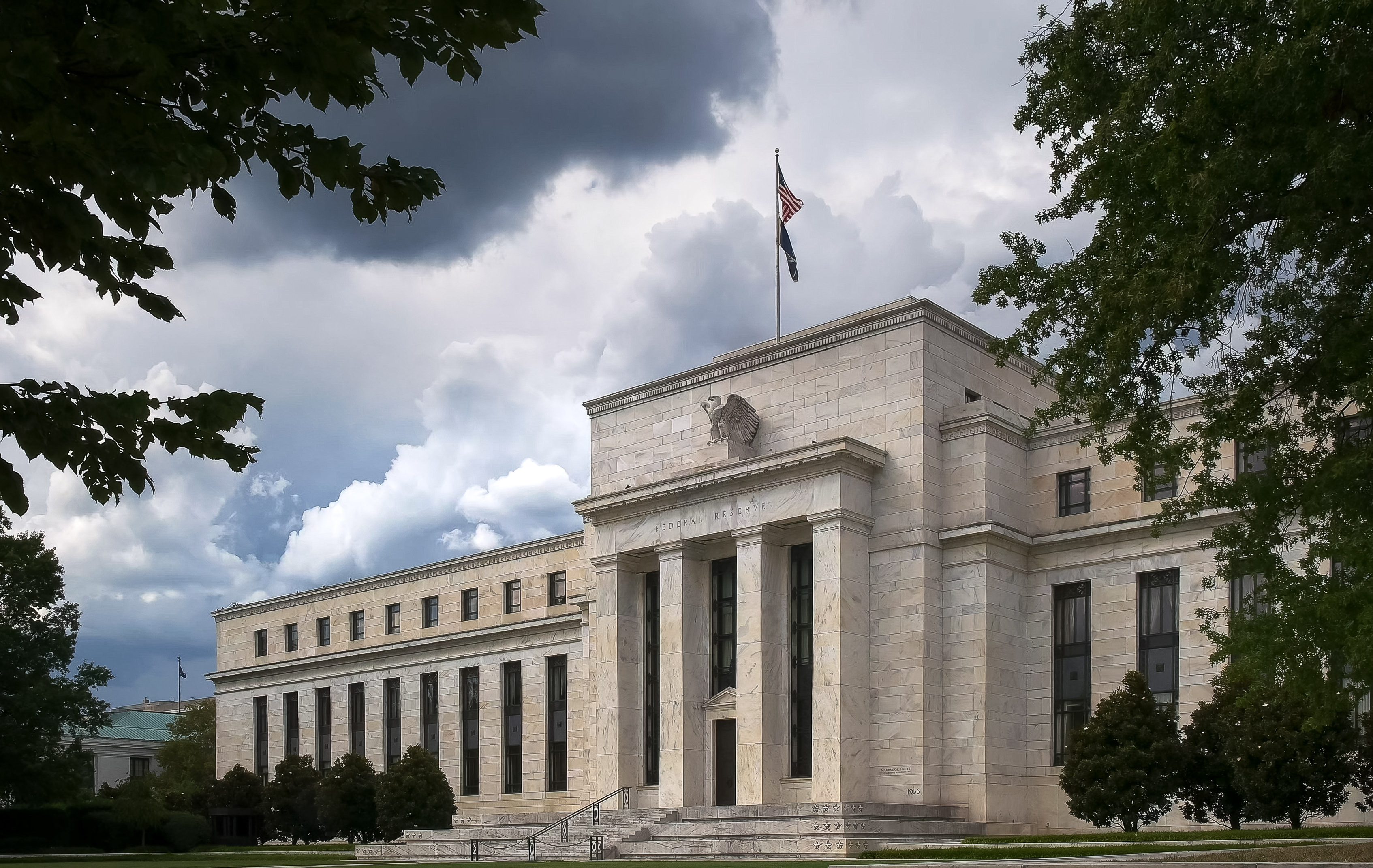 How to Invest for Fall Rate Cuts by the Fed
How to Invest for Fall Rate Cuts by the FedThe probability the Fed cuts interest rates by 25 basis points in October is now greater than 90%.
-
 Are Buffett and Berkshire About to Bail on Kraft Heinz Stock?
Are Buffett and Berkshire About to Bail on Kraft Heinz Stock?Warren Buffett and Berkshire Hathaway own a lot of Kraft Heinz stock, so what happens when they decide to sell KHC?
